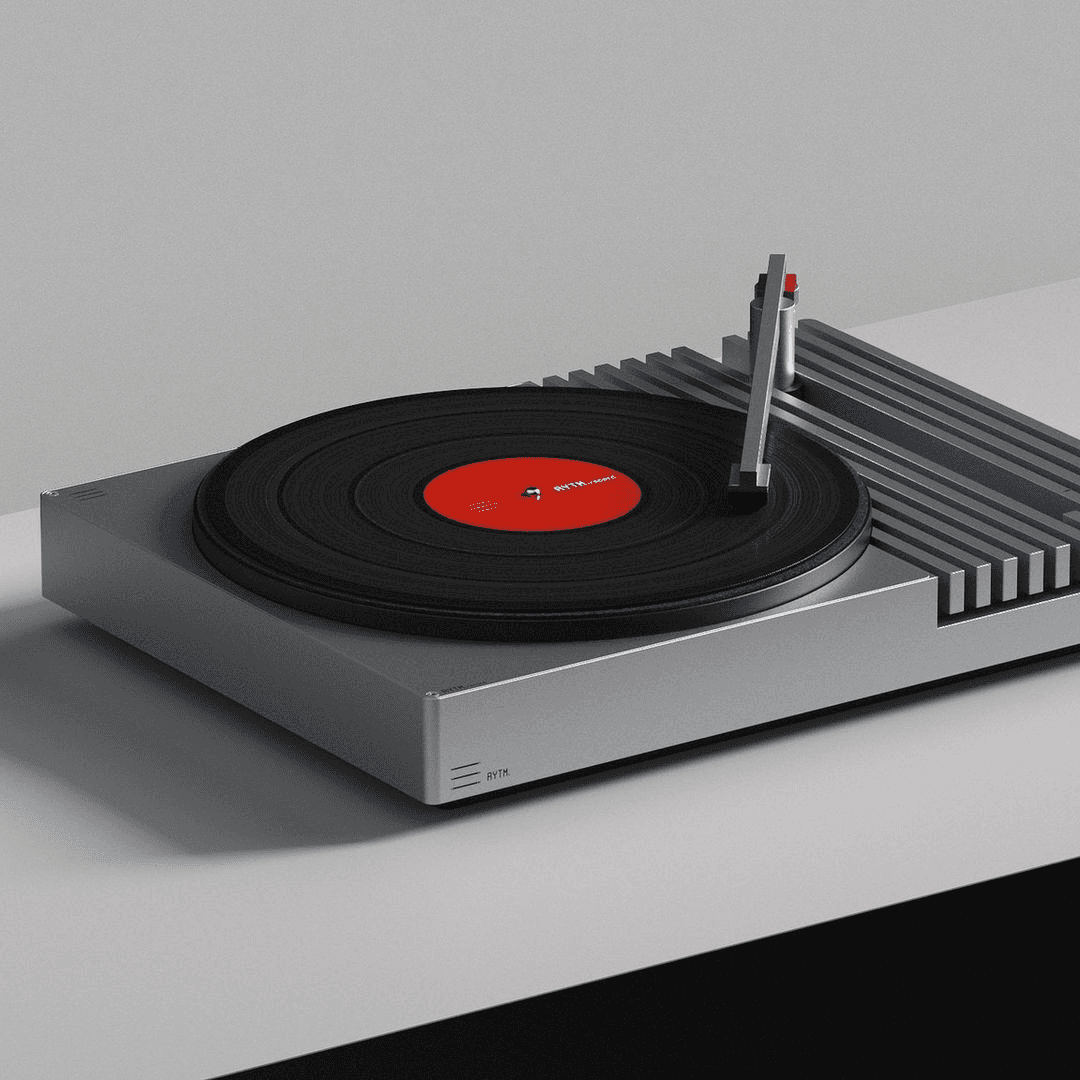

.
Our team collaborated with the CDC to redesign the Customer Service Center (CSC) website that supports over 1,400 diabetes prevention programs.While the platform provided essential tools, many program organizations struggled with poor navigation and complex workflows, making it hard to find resources and hindering effective prevention work. We addressed these usability and accessibility issues through a human-centered design approach.
Synthesized 250+ insights using affinity mapping to define themes, build personas, and map user journeys, aligning the team on design priorities.
Developed user flows to streamline key tasks, ensuring clarity and WCAG-compliant navigation.
Designed 13 screens (8 web, 5 mobile), turning wireframes into high-fidelity prototypes driven by user needs and stakeholder input.
Led usability testing with 25+ users, including SCADpro Usability Fest, using task-based scenarios to uncover accessibility barriers and improve inclusive design.
The Scale of the Problem
The CDC’s Customer Service Center (CSC) is a Salesforce-based platform that serves over 1,400 organizations within the National Diabetes Prevention Program, offering access to vital training resources, interactive toolkits, and multimedia materials.
97.6%
million U.S. adults have prediabetes.
8.6%
Increase in the national prediabetes rate over recent years.
69%
of U.S. adults search online for health information before consulting a professional

How might we?
Redesign the site to enhance navigation, accessibility, and visual design, ensuring users can easily access resources, ask questions, and receive technical assistance.
Exploring the Existing Platform
As part of our initial research, we conducted a usability evaluation of the existing website to analyze user interaction flows and identify experience gaps. The assessment revealed multiple usability issues affecting navigation, clarity, and task completion.
Key Insight: Users are not finding immediate value. This signals an urgent need to improve information architecture, enhance content discoverability, and deliver a more compelling first-click experience.
Usability Insights from the Current Platform
To evaluate the current user experience of the CSC website, we conducted moderated usability testing sessions. Our goal was to uncover interaction barriers and uncover improvement opportunities.
The study highlighted consistent usability challenges across key areas, including site navigation, resource discoverability, and task efficiency.
I feel like I’m apart
of a scavenger hunt!
Key Insight: Users are not finding immediate value. This signals an urgent need to improve information architecture, enhance content discoverability, and deliver a more compelling first-click experience.
We conducted a mixed-method evaluation of the current CSC website through heuristic analysis and user feedback. The review revealed key usability issues, including unclear navigation, dense content, and inefficient task flows—highlighting major barriers to user engagement and task completion.
To shape our design direction, we began by mapping user flows and creating empathy maps to uncover user needs, pain points, and behavioral patterns. These tools helped us visualize the end-to-end journey and identify critical friction in navigation, content accessibility, and visual clarity. Through usability analysis, we outlined five key focus areas: simplifying global search and navigation, improving visual consistency, streamlining resource access, enhancing community engagement, and strengthening accessibility. These insights grounded our decisions in empathy, usability, and inclusive design.
We translated research insights into low and mid-fidelity wireframes to structure clearer user flows and improve navigation. Iterative prototypes were created to test key interactions, validate layout hierarchy, and ensure accessibility and usability before moving into high-fidelity design.
To strengthen our design decisions, we conducted usability walkthroughs using clickable prototypes to evaluate navigation clarity and component behavior. This helped us refine task efficiency, eliminate friction points, and prepare a WCAG-compliant UI for high-fidelity implementation.
21
Testers
5
Tasks
Interactive Figma
prototype
Macbook
120
Insights
After the mid-fidelity design phase, I led the usability testing and A/B testing with my team to evaluate the information architecture, interaction flows, and overall task efficiency of the redesigned interface compared to the original CSC platform. Testing revealed improvements in navigation clarity, error reduction, and user satisfaction. We also ran visual preference tests comparing two color schemes, selecting the one with stronger contrast ratios, better accessibility compliance, and higher perceived usability.
Key takeaways
Working alongside a talented, cross-functional team, we delivered a redesigned platform that’s more accessible, intuitive, and user-focused. It was the strength of our collaboration that brought the vision to life—every idea, critique, and breakthrough was a shared win. This experience sharpened my ability to lead with empathy, think strategically, and create impact through design that truly connects.
The outcome’s confidential, but the thinking isn’t.🔐
This project is protected under an NDA.
Feel free to get in touch if you'd like to know more about it!












